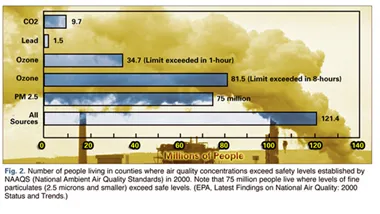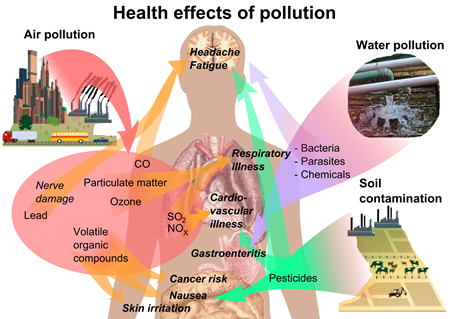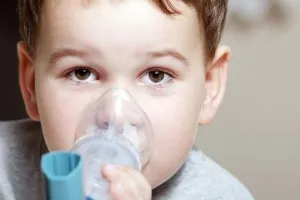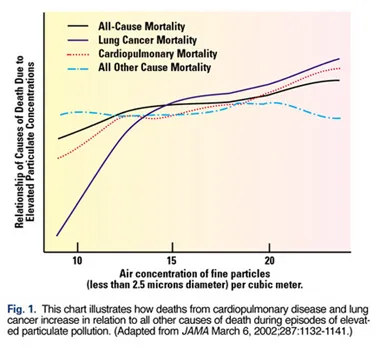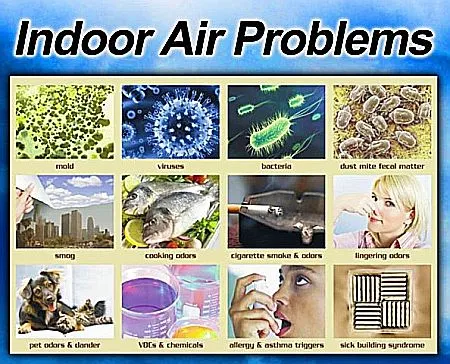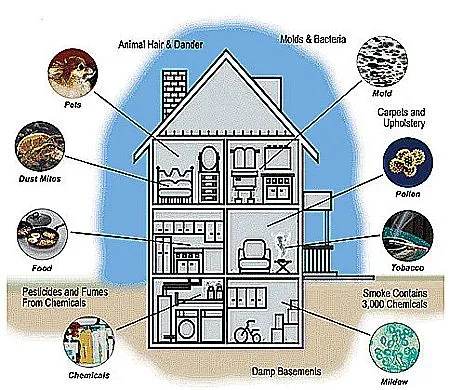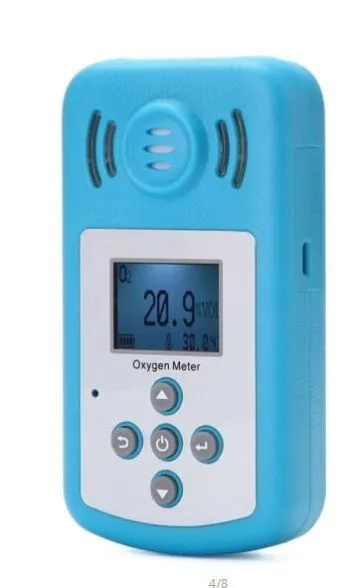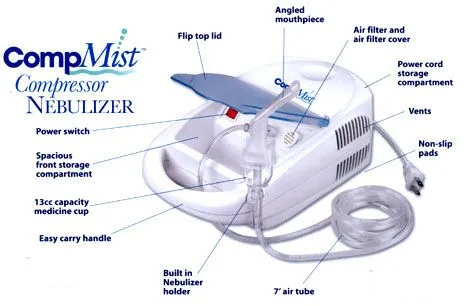Oxygen MeterNZ$242.67Approx USD$139.94
Air pollution is most acute in cities, but the problem in rural areas is worse than many think [AP] Nine out of 10 people globally live in places with poor air quality, the World Health Organization (WHO) has said, blaming a worldwide air pollution crisis for being a major factor in millions of deaths per year.In a new report released on Tuesday, the health agency said 92 percent of people live in areas where air quality exceeds WHO limits.It also published an interactive map detailing the global "health emergency".
"Some three million deaths a year are linked to exposure to outdoor air pollution," the UN body said in the report, which was based on data from 3,000 sites across the world. "Indoor air pollution can be just as deadly. In 2012, an estimated 6.5 million deaths (11.6 percent of all global deaths) were associated with indoor and outdoor air pollution together." According to WHO, almost all of the air pollution-related deaths are due to non-communicable diseases, such cardiovascular illnesses, stroke, chronic obstructive pulmonary disease and lung cancer.
And 90 percent of the deaths reportedly occured in low and middle-income countries, with nearly two-thirds of them occurring in WHO's Southeast Asia and Western Pacific regions."Air pollution continues take a toll on the health of the most vulnerable populations - women, children and the older adults," said Flavia Bustreo, assistant director general at WHO.The problem is most acute in cities, but air in rural areas is worse than many think, WHO experts said.Pollution "affects practically all countries in the world and all parts of society", Maria Neira, head of the WHO's department of health and environment, said. "Fast action to tackle air pollution can't come soon enough," she added, urging governments to cut the number of vehicles on the road, improve waste management and promote clean cooking fuel."Solutions exist with sustainable transport in cities, solid waste management, access to clean household fuels and cook-stoves, as well as renewable energies and industrial emissions reductions."
In March, the UN released a report saying that 80 percent of city dwellers across the world were breathing poor quality air, noting that only two percent of cities in low and middle-income countries had air which met the UN body's standards. "Urban air pollution continues to rise at an alarming rate, wreaking havoc on human health," Neira said. Source: Al Jazeera News And Agencies Air Pollution Rates Are on the Rise Around the World,
some video examples Los Angeles area leads in ground ozone pollution, but it’s also fifth in both short- and long-term particle pollution. Leading the board among the worst air quality are Fresno, Madera, Bakersfield, Modesto, and Hanford, all in the Central Valley.
Deadly Effects of Breathing Polluted Air "Poor air quality has long been linked to lung and heart problems, including coronary artery disease, emphysema, respiratory infections, stroke, and cancer. It also is especially dangerous for pregnant women, as it can contribute to birth defects.Air pollution can also exacerbate numerous conditions, including asthma, chronic obstructive pulmonary disease (COPD), cardiovascular disease, and diabetes. Children and the elderly are especially sensitive to air pollution. The World Health Organization says air pollution is the world’s largest environmental health risk, as it killed an estimated 7 million people in 2012 alone. The vast majority of those deaths were due to cardiovascular diseases, namely stroke and ischemic heart disease. Of those, 3.3 million deaths were linked to indoor air pollution." Source
Air Quality Is Worse, Not Better Air pollution across the world is getting worse, is missing targets for safe levels and is putting the lives and health of millions at risk – figures from the World Health Organisation (WHO) show. A reliance on fossil fuels, the use of private cars and buildings which use energy inefficiently can all be blamed for the deterioration of outdoor air quality. In announcing new figures on the state of air quality in cities, WHO has said half of the urban population monitored for air pollution are exposed to levels 2.5 times higher than recommended.
Your Indoor Air Is Likely More Polluted Than Outside Research has revealed that Americans spend about 90 percent of their time indoors. So, for most people, the air pollutants most likely to affect them are the ones that they will encounter in their own homes and places of business.Indoor air pollution may be as much or more of a problem as pollution outdoors, according to new research. Smoke, fungal spores, and chemicals used in certain paints, varnishes and cleaners have been shown to be harmful to human health
Indoor pollutants in dust and air are often generated from tobacco smoke, building materials, furniture, cleaning and hygiene products, air fresheners, computers, printers, cooking ect... Building materials and home furnishings release gasses containing volatile organic compounds (VOCs) that have both short- and long-term health effects. Concentrations of these chemicals are often up to 10 times higher indoors than they are outdoors.Source "As
an environmental chemist, I can honestly tell you
that most people don't realize just how bad their
indoor air quality is,
How can you
recognize bad indoor air? What symptoms are often linked to poor indoor air quality? It is common for people to report one or more of the following symptoms: Dryness and irritation of the eyes, nose, throat, and
skin Negative ions are beneficial to human body in many ways:
What Can You Do to Improve Your Air Quality? Experiments by Dr. Albert P. Krueger and Dr. Richard F. Smith at the University of California have shown how ionization affects those sensitive to airborne allergens. Our bronchial tubes and trachea, or windpipe, are lined with tiny filaments called cilia. The cilia normally maintain a whip like motion of about 900 beats a minute. Together with mucus, they keep our air passages free of dust and pollen. Krueger and Smith exposed tracheal tissue to negative ions, found that the ciliary beat was speeded up 1200 a minute and that mucus flow was increased. Doses of positive ions produced the opposite effect: ciliary beat slowed to 600 a minute or less; the flow of mucus dropped. OF MAJOR SIGNIFICANCE TO YOUR HEALTH IS THE AIR YOU BREATHE
"Remember that feeling you've experienced
near a waterfall or high in the mountains? Those are
two places that thousands of negative ions occur. They
create an effect on human biochemistry." Researchers believe that through control of the electrical charges in the air we breathe, our moods, energy and health can be markedly improved. Falling barometric pressure and hot, dry, seasonal winds, such as the Alpine Fohn and the Rocky Mountain Chinook, for example, pack the air with an excess of positive ions. Not everyone is affected; healthy young people swiftly adapt to the change. But countless others are distressed. The aged come down with respiratory complaints, aching joints; asthma sufferers wheeze and gasp; children grow cranky and perverse; crime and suicide rates climb. One sweltering day in Philadelphia this summer a man sat before a small metal box resting atop a hospital file cabinet. It was plugged into an ordinary wall socket. A doctor flipped a switch. Inside the box a small fan whirred; the box hummed distantly, like a high-tension wire, and gave off a faint, sweetish odor. Soon the man felt alert, magical, refreshed, as though he had been taking deep gulps of sparkling October air. The doctor turned the machine off, switched on another that looked just like it. The air grew quickly stale. The man's head felt stuffy. His eyes smarted. His head began to ache. He felt vaguely depressed and tired. With this simple experiment, the scientist, Dr. Igho H. Kornblueh, of the American institute of Medical Climatology, demonstrated the effect that atmospheric ions can have on human beings. The first machine generated negative ions; the second positive ions. Negative
ions can have a positive effect on
people.
On the other hand, a preponderance of negative ions spices the air with exhilarating freshness. We feel on top of the world. Dr. C. W. Hansell, research fellow at RCA Laboratories and an international authority on ionization, illustrates the effect with a story about his ten-year-old daughter. "We were outside, watching the approach of a thunderstorm. I knew that clouds of negative ions were filling the air. Suddenly my daughter began to dance across the grass, a radiant look in her face. She leaped up on a low boulder, threw her arms wide to the dark sky, and cried. 'Oh, I feel wonderful!'" We still have much to learn about atmospheric ions . But researches believe that these magic bits of electricity, under artificial control, will soon be helping millions to healthier, happier, more productive lives...
You spend the majority of your time indoors, where you face significant health risks due to repeated exposure to air pollutants in your homes, offices, schools and other indoor environments. Exposure to these pollutants can lead to numerous immediate and long-term health problems.
|
Your IP Address is: 3.147.55.1
Copyright © 2025 Altered States. Powered by Zen Cart




